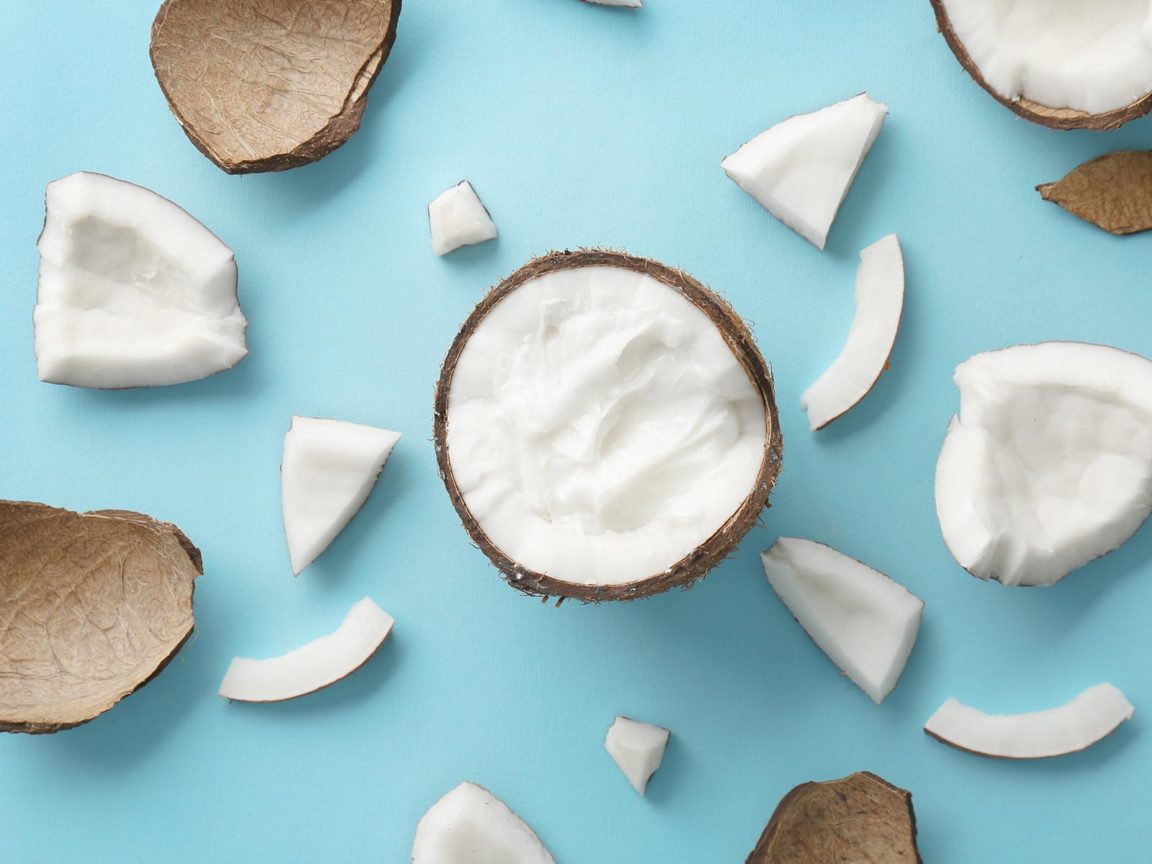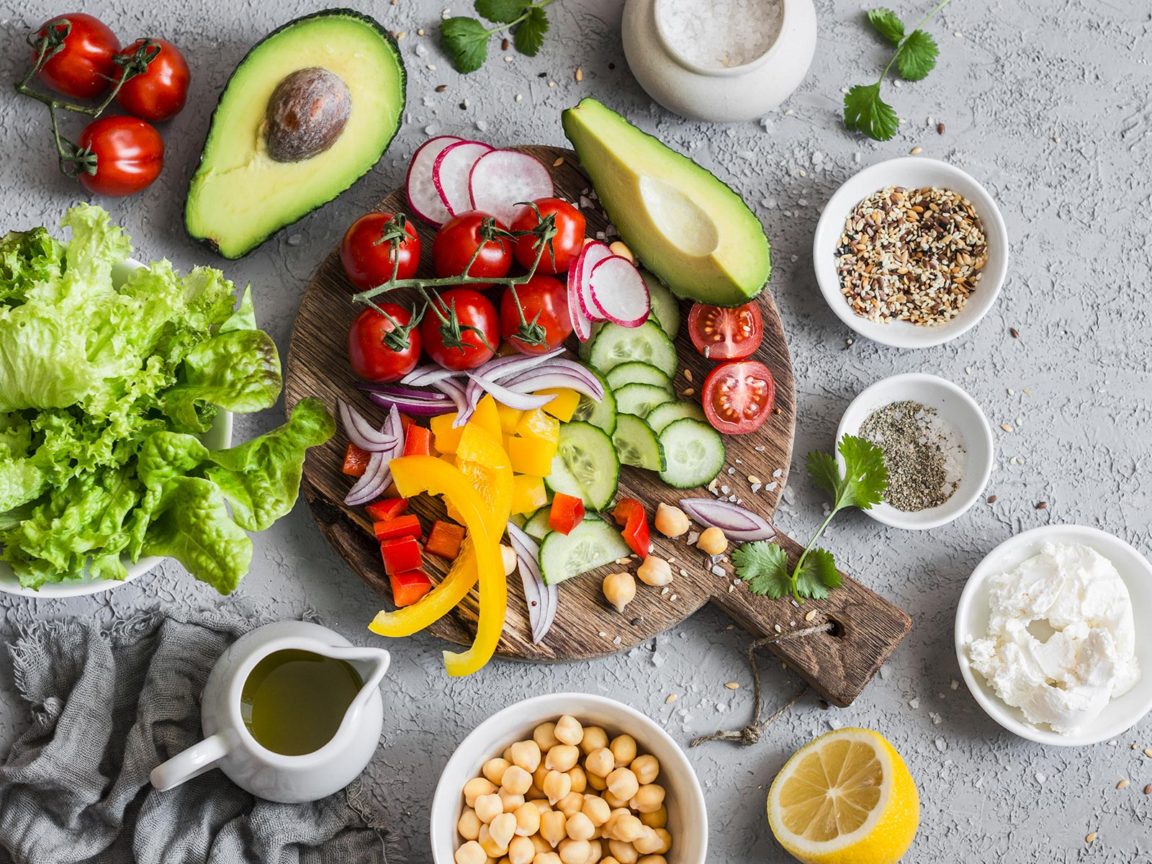
All You Need To Know About Coconuts
Everything You Need To Know About Coconuts. Coconut is a tropical fruit known for its versatility and unique flavor. Originating…

How Many Vegetables Have You Tried?
How Many Vegetables Have You Tried? Is a question that makes us reflect on the diversity and importance of including…

Is Mascarpone Good or Bad for Your Health? The Sweet Truth
Mascarpone, known for its velvety texture and rich flavor, is a triple-cream cheese made from cow’s milk. Let’s delve into…

How to store food in the kitchen?
How to store food in the kitchen? Dr. Bacteria provides guidance on the proper storage of food in the refrigerator.…
Tag: healthy
Tag: healthy
Copyright © 2025 | All Rights Reserved. Designed by Anant Sites.



